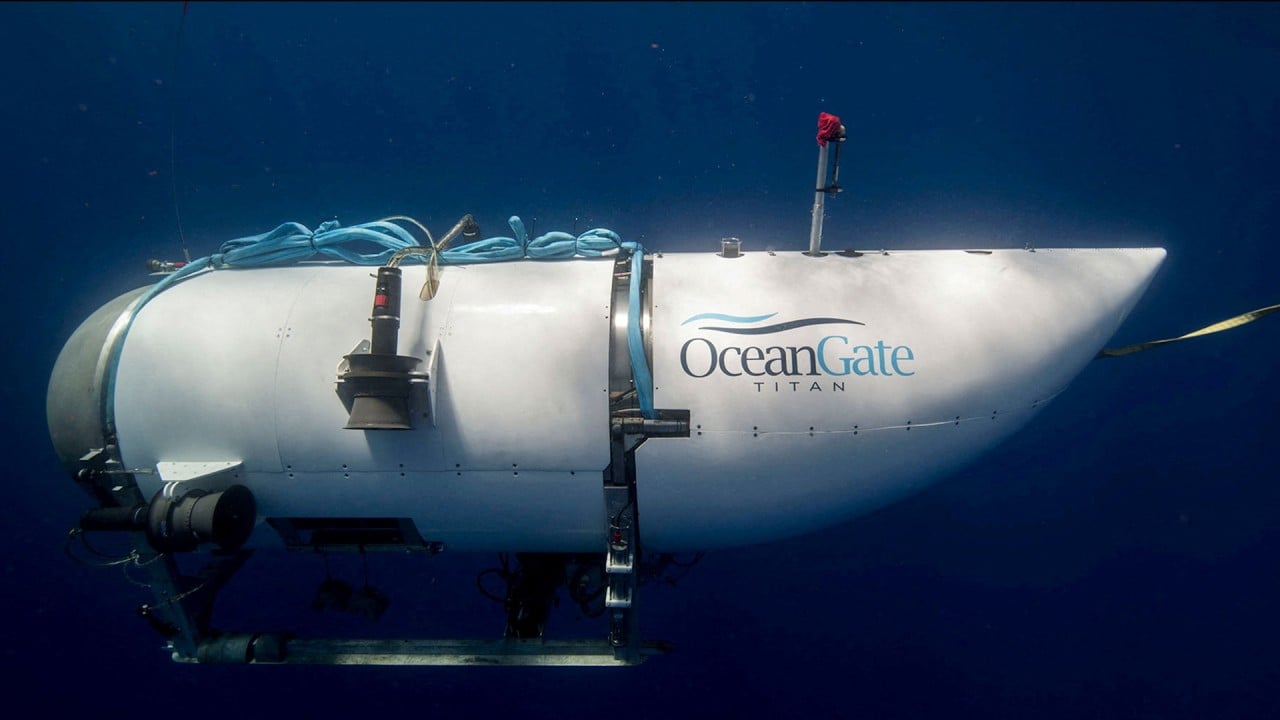Titanic sub destroyed: what happens in a ‘catastrophic implosion’?
- Because of the crushing pressure at such depths, a defect in the hull or other such problem would have caused the Titan to collapse in on itself in milliseconds
- Five ‘major pieces’ of debris from the vessel have been found so far, including a nose cone and two parts of the pressure hull

03:26
Titanic tour sub suffered ‘catastrophic implosion’ with all 5 on board killed
Five “major pieces” of debris from the Titan submersible have been recovered, giving clues to what happened on the vessel as it made its descent to the site of the Titanic wreck.
They include part of the pressure chamber, the nose cone, the front-end bell and the aft-end bell, a press conference held in Boston on Thursday was told. Rear Admiral John Mauger, of the US Coast Guard, said the debris is “consistent with a catastrophic implosion of the vessel.”
The violence of such an event means it could be hard to determine the sequence of events, one expert said.
But a catastrophic implosion would have happened with incredible force and speed given the crushing water pressure on the floor of the ocean.
The remains of the Titanic rest on the seabed in the North Atlantic at a depth of some 3,800 metres (12,400 feet).
At sea level, atmospheric pressure is 14.7 pounds per square inch (psi). Water pressure at the depth where the ocean liner lies is equivalent to around 400 atmospheres, nearly 6,000 psi. As a comparison, the bite of a large great white shark exerts a force of nearly 4,000 psi, according to Scientific American.